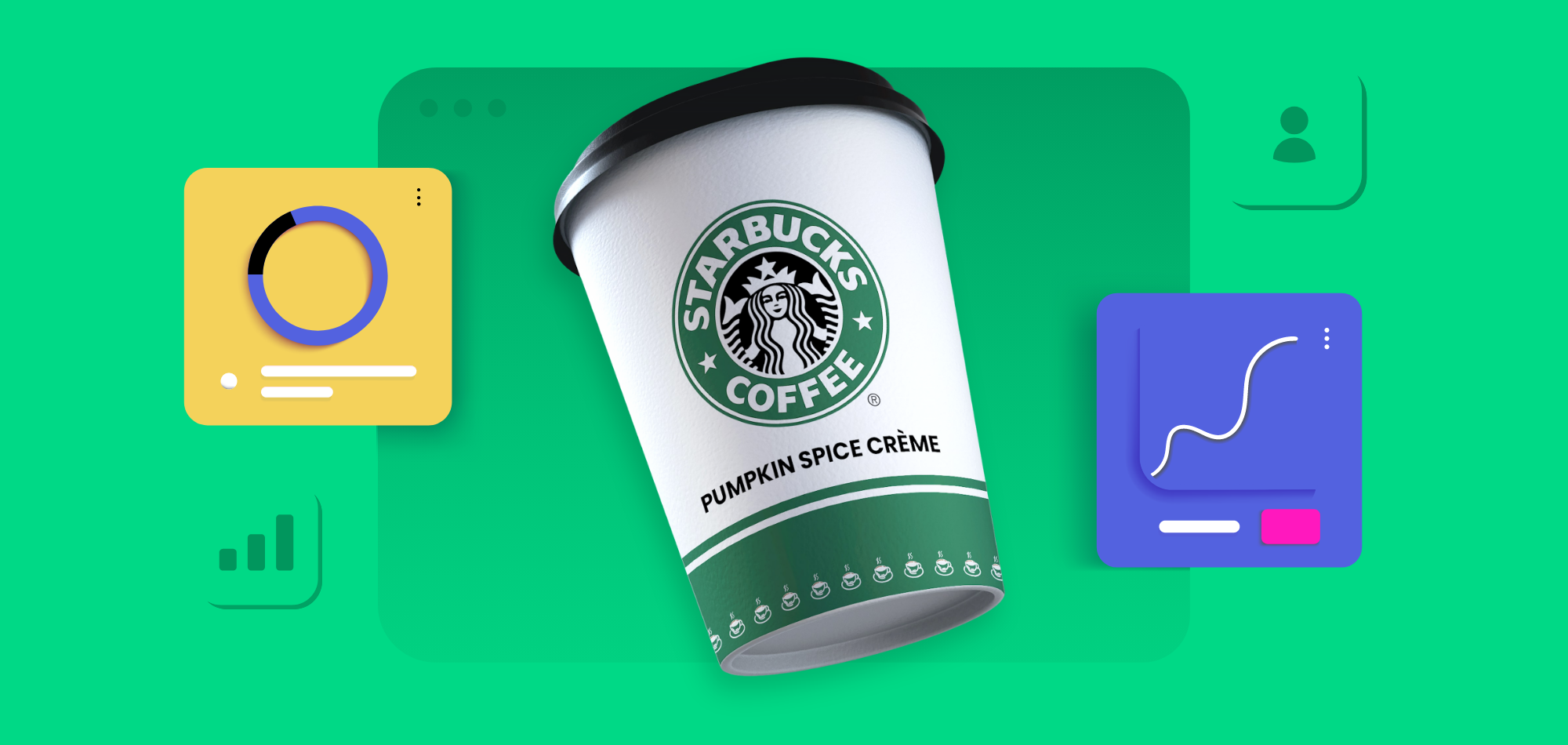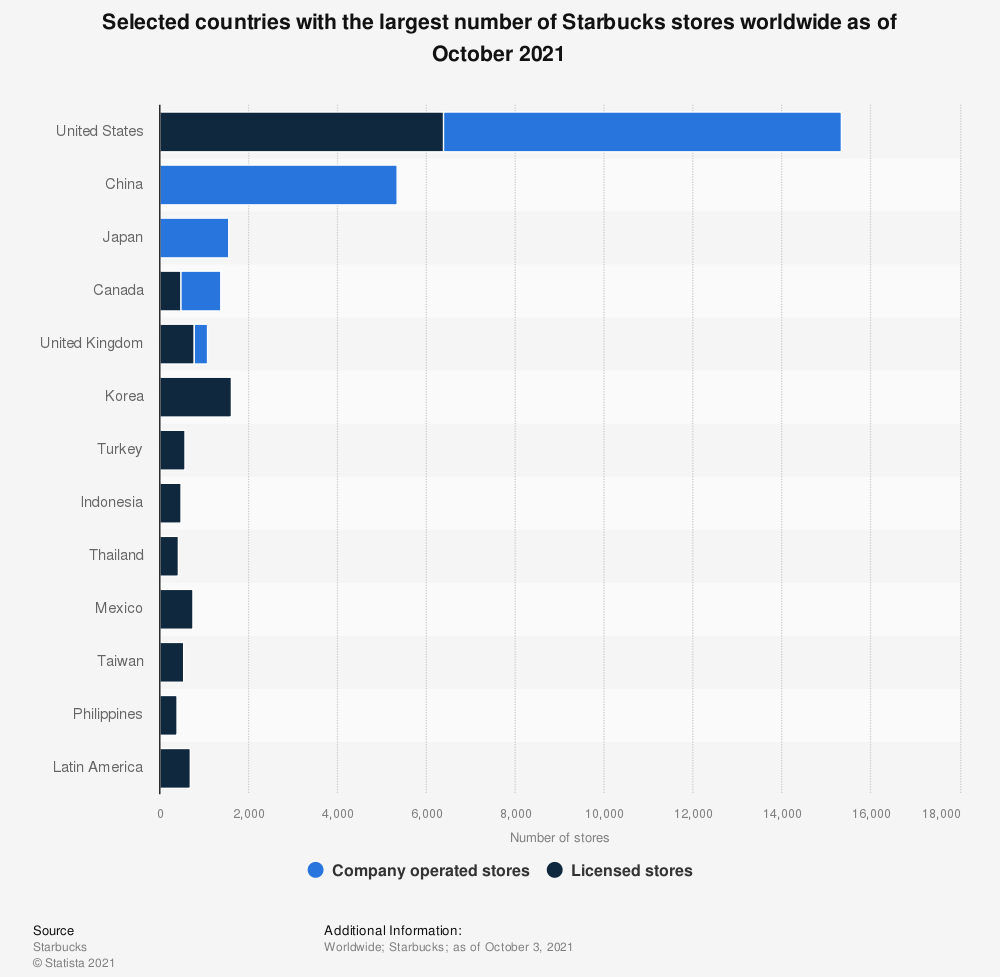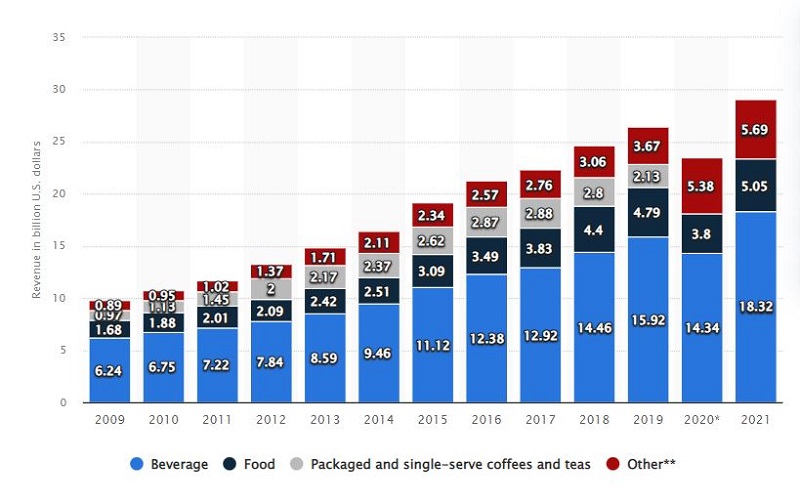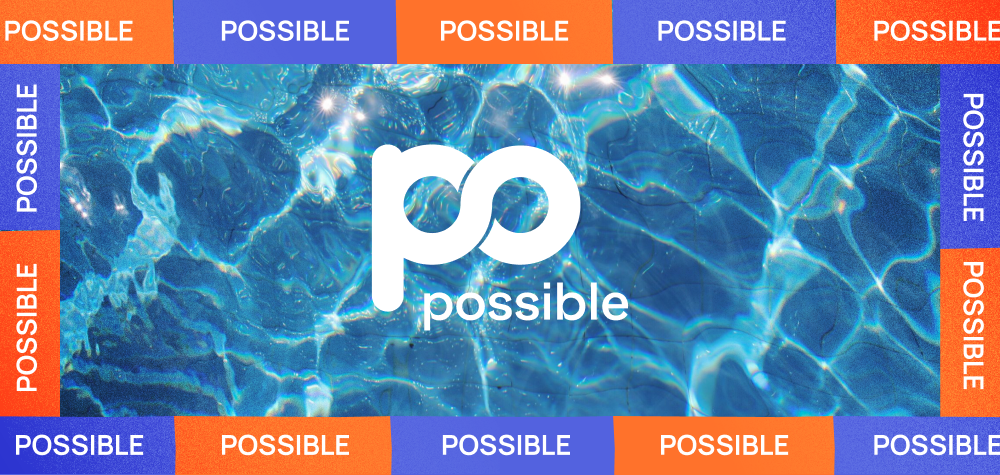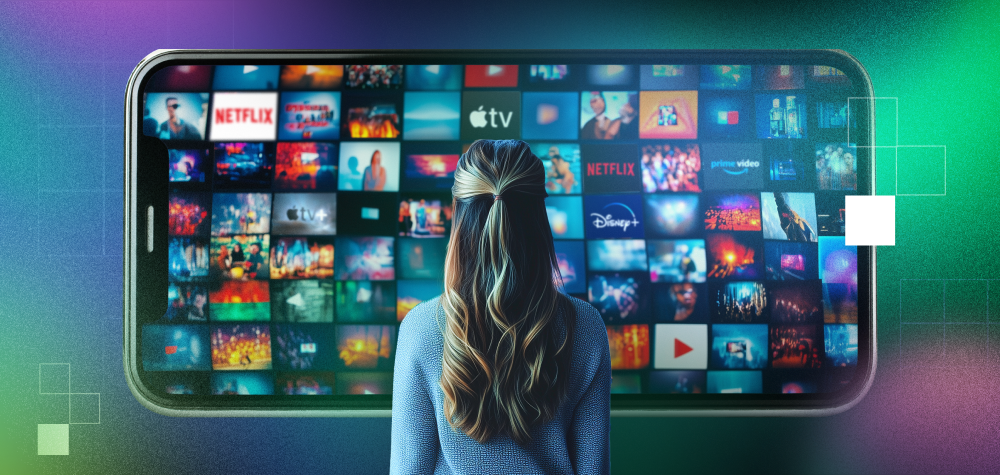Coffee = Starbucks.
If ever there was a success story about brand recognition, Starbucks is it. Although Starbucks has been the global coffeehouse icon only for the past 15 or so years, it may surprise many to learn that the company recently celebrated its 50th anniversary.
Yes, Starbucks is a child of the 1970s, having launched its first store in Seattle way back in 1971. Since then, the company has seen astonishing growth, not just in size but in product range, which now includes a wide selection of beverages and food beyond coffee.
https://youtube.com/watch?v=OdFr7wd-DWA
Starbucks actually began life as a store devoted to coffee beans and associated equipment. The original idea behind Starbucks was to introduce the traditional European coffee roasting culture to the United States.
In the half century since, it is fair to say that Starbucks has put a uniquely American stamp on coffee culture, with the beloved Starbucks Pumpkin Spice Latte, Unicorn Frappuccino’s, as well as the drive-thru sales experience.
What began as a one-store concept has grown to over 33,000 stores worldwide in 2021. Approximately half of its stores are located in the US (nearly 16,000), with China in second place, boasting over 5,300 stores.
Source: Statista
While Starbucks is certainly a popular brand globally, it is a particularly successful American story. In the US, an astonishing 57% of all cafe sales come from Starbucks, representing a two-third Starbucks market share!
It’s no wonder that the company has seen consistent revenue increase year over year in the past decade, reaching $24.61 billion in 2021. The only year that reflected decline was 2020 during the global pandemic, but Starbucks marketing approach rose to the occasion with various tactics to improve the customer experience, such as more drive-thru options, advanced mobile app ordering options, and more.
Another area where Starbucks has risen to prominence as a brand is environmental sustainability. This fits well with the urban, middle to upper class market that Starbucks is targeting.
Let’s explore further with a deep dive into the Starbucks target market and demographic analysis, and learn who is the target market for Starbucks, and how the brand succeeds in attracting more customers every year.
Who is The Target Market for Starbucks?
It’s easy to postulate that “everyone” loves coffee, but in fact Starbucks target market is a particular demographic. So, who is Starbucks’ target market, really?
Starbucks markets to both males and females, in a wide age group of 22 to 60 years, with a focus mostly on urban and suburban centers. The target market is relatively affluent – middle and upper class – as well as educated, socially aware, active and busy.
There is a strong emphasis on beverage sales, amounting to over $18 billion in 2021, compared to food product sales of just over $5 billion during the same period.
While pure coffee lovers are part of the Starbucks target demographic, they are not the majority; there is a strong targeting focus on customers who go for Starbucks signature and unique beverage offerings, including shakes, teas, and vegan coffees, as well as their health-conscious food options, like Classic Oatmeal or Grilled Chicken & Hummus Protein Box.
Starbucks Target Market Segmentation and Marketing
Starbucks is a veteran coffee company, having recently celebrated its 50th anniversary. But it is also an innovative and forward-thinking brand, always looking for new ways to excite the Starbucks target audience. To understand Starbucks targeting, it’s important to undergo a thorough Starbucks target market analysis.
Read on for an overview of the typical Starbucks customer characteristics, including Starbucks demographics, geographic, behavioral and psychographic segmentation.
Starbucks Demographic Segmentation
Starbucks age demographics is typically between 22 and 60, with the average age of the Starbucks customer being 42 years. The Starbucks customer demographics includes both male and female, highly educated and in a high income bracket, earning an average of over $90,000.
Starbucks target demographic includes students, professionals and employees. The typical Starbucks customer is single or newly married, as well as parents of younger or older children. It is a popular coffeehouse brand for a wide swath of the population in the middle to upper classes.
Starbucks Geographic Segmentation
As noted earlier, Starbucks is a global brand with stores in North America, Europe. Asia Pacific, the Middle East, Africa and China. The United States has the most Starbucks stores of any country, with California in the lead, home to just over 3000 locations, representing 19% of all US stores.
In fact, according to Start.io data for Starbucks Customers in California, there are around 240,000 mobile users in the state who visit Starbucks.
Starbucks geo spread is mostly urban and suburban areas, capturing a large walk-in crowd and drive-thrus. It is important to note that the Starbucks menu varies depending on location, offering food and beverage products that are suitable for the local target market, like Maple Macchiato in Canada, and Sakura Blossom Latte in Japan.
Starbucks Behavioral Segmentation
Starbucks customers are loyal, often developing a habit of visiting the store regularly. One customer noted that they buy from Starbucks every day, adding up to over $2000 a year.
Starbucks capitalizes on this customer behavior with a popular rewards program – in 2019, the program had 17 million subscribers in the US, making it the largest of its kind in the restaurant industry.
Starbucks stores are typically located in urban and suburban areas, making them an ideal meeting spot or a place for professionals to open their laptops and work. Even so, order pickups and drive-thru are by far the most popular way to purchase, comprising 80% of orders even before the pandemic.
Starbucks Psychographic Segmentation
Being of high socioeconomic status and professionally driven, Starbucks target audience are busy achievers and explorers, with budget to spare and spend. They place value in the brands they choose, are health conscious, socially aware and care about the environment.
As part of its appeal to the target demographic, for example, Starbucks recently launched a reusable cup program in its Seattle HQ, aiming to position itself as a sustainability leader by eliminating 100% of disposable cup waste in its management offices.
Starbucks Marketing Strategy
Starbucks marketing strategy is strongly focused on the customer experience. For example, Starbucks was one of the early providers of free WiFi to in-store customers, offering this perk since 2010 in the US. In 2015, the company launched its mobile ordering and payment app, enabling customers to easily and quickly order and pay for pickup purchases.
The Starbucks app remains one of the most popular apps in the US, and also appeals to the savvy, tech-native nature of the Starbucks primary target market.
Although menus vary from location to location, depending on the local market, Starbucks is an international brand, and maintains a consistent look, feel and customer experience across all stores. For example, the Starbucks cup with the customer’s name written on it is beloved as a uniquely Starbucks feature.
The company also places strong emphasis on issues of sustainability, being one of the early adopters of green compliance standards back in 1995. The ability to stay ahead of upcoming trends makes Starbucks marketing particularly effective.
In 2019, the brand launched Starbucks Stories, a branded website featuring content and videos about the company’s social activities and impact. Promoted on Starbucks social media channels, the storytelling style content is an example of Starbucks marketing strategy that aims to humanize the brand and engage customers beyond coffee and Starbucks’ other products.
Starbucks advertising is a central part of the marketing strategy, and the company invests significant resources in advertising budgets. In the fiscal year ending 2021, Starbucks spent $305 million on global advertising, a large increase compared to the $258 million of advertising spend during the previous year.
Coffee Shop Visitors in Los Angeles
When attempting to understand target audiences and consumer segments, including Starbucks target market demographics, it is critical to have access to up-to-date data about user demographics and behavior. By leveraging data about Consumer Insights & Audiences, businesses and brands can better devise marketing strategies and campaigns that effectively ‘speak’ to potential customers.
For example, a dive into Start.io mobile user data about coffee shop visitors in Los Angeles – also a popular Starbucks location – reveals that the largest consumer demographic is aged 25 to 34 years. Over 25% of the audience earns less than $25,000, while nearly 20% earn between $100,000 and $150,000.
This correlates to the insight that a large segment of customers who frequent coffeehouses are either young students, or established high-earning professionals and employees.
With Start.io Audience data, you can gain instant insights about mobile audiences across hundreds of consumer segments and locations worldwide. This is a vital key to creating better campaigns and better, more accurate and effective targeting for your mobile marketing strategy.
FAQs
Where is Starbucks the most popular?
In 2019, New York City had the most Starbucks stores, followed by Chicago, Houston, San Diego and LA. Starbucks is most popular in busy urban centers, and this correlates with the number of stores located in various cities.
Who is Starbucks' competition?
Starbucks competitors include big brands such as Dunkin’ Donuts, McCafe, and Maxwell House. However, Starbucks is the consistent leader in the coffeehouse space, and the world’s largest coffee company by far. In a sense, Starbucks enjoys the enviable position of having no direct competitive threat.
What is the competitive advantage of Starbucks?
Starbucks’ value proposition is unique in that it offers customers a warm and welcoming space in which to enjoy coffee, meet friends, or even conduct work meetings. This ‘home away from home’ concept has been crucial in achieving high levels of brand loyalty and retention.
In addition, Starbucks has always been an innovator in terms of both product and customer experience, and an early adopter of some of the most effective proven branding and growth strategies, such as its rewards program, mobile app and proactive commitment to environmental sustainability.
How often does the average Starbucks customer visit the store?
Starbucks customers visit the store an average of six times a month.
Additional Sources
https://www.statista.com/statistics/266466/net-revenue-of-the-starbucks-corporation-worldwide/
https://www.scrapehero.com/location-reports/Starbucks-USA/
https://www.statista.com/statistics/306896/cities-with-the-largest-number-of-starbucks-stores-us/
https://www.investopedia.com/articles/markets/101315/who-are-starbucks-main-competitors.asp
